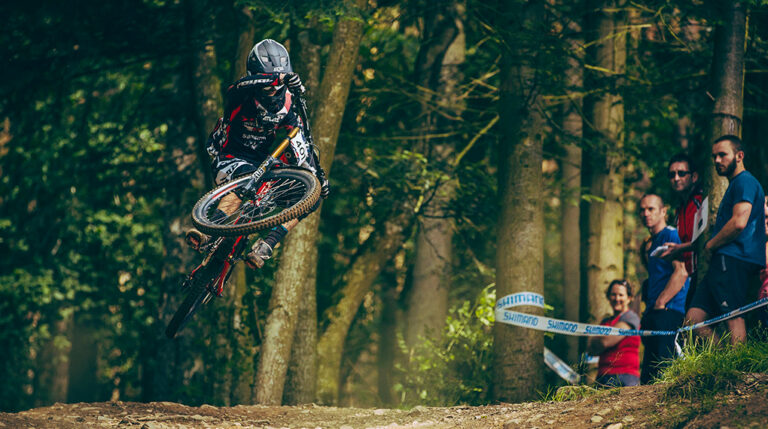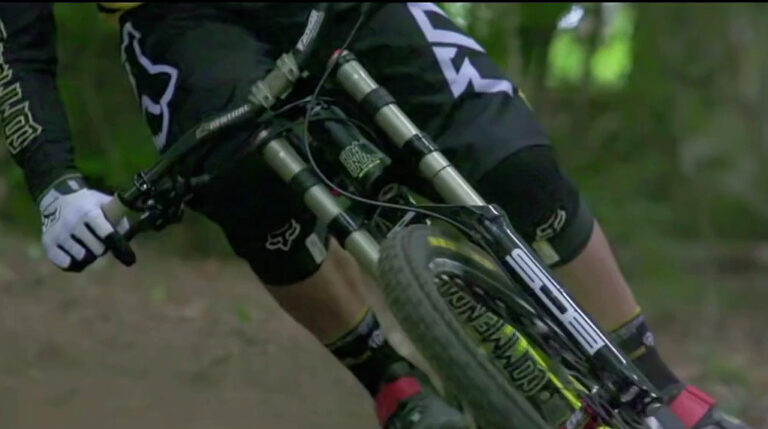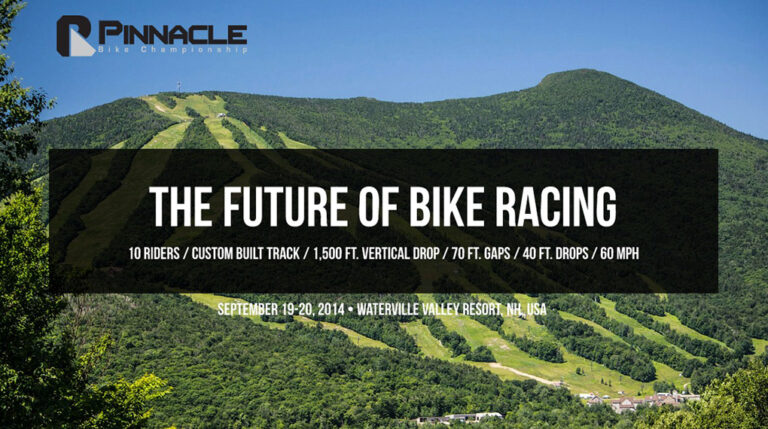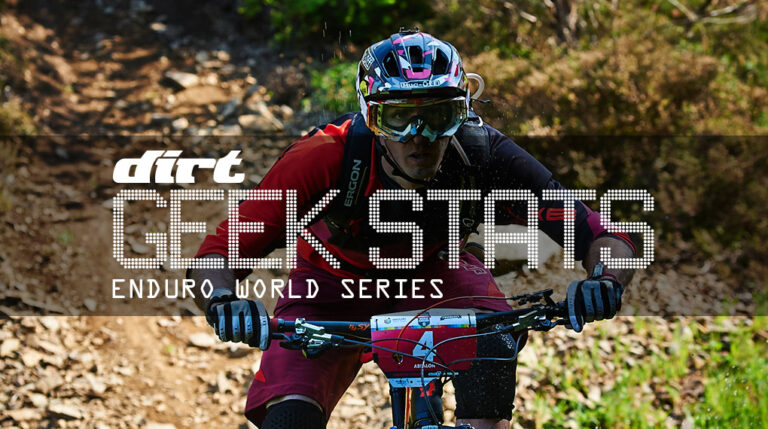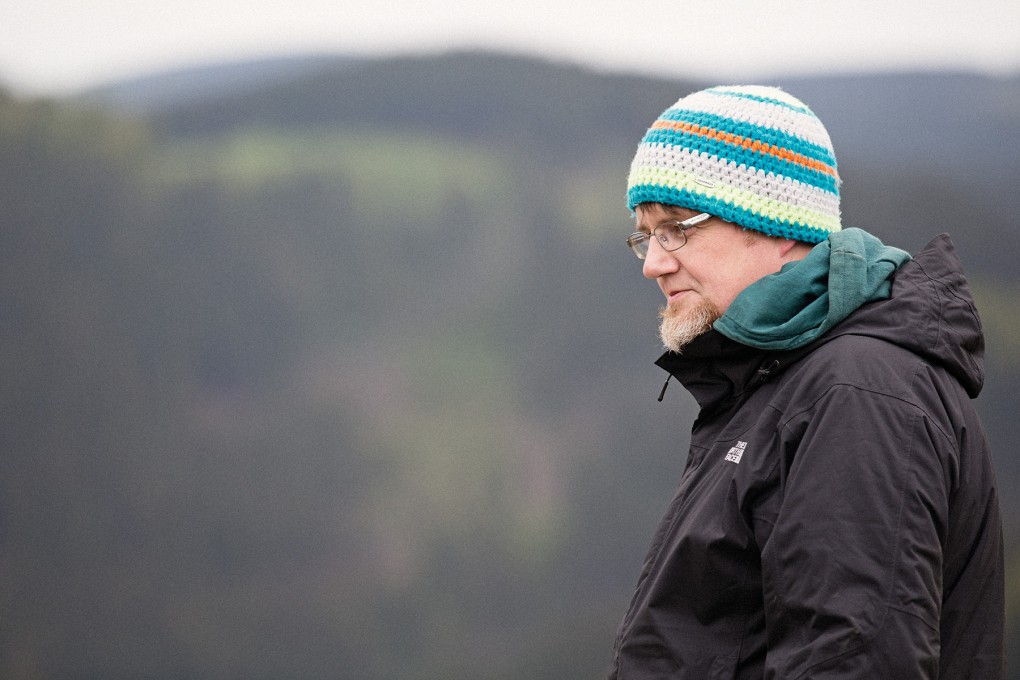
Nothing to fear for an engineer
Every year we see new bikes introduced to the market, and more often than not we see new suspension designs to help keep us buying those new bikes. But who are the people behind all these developments, and what qualifies them to build frames that are meant to be fun for us to ride? We went after some answers and met with Thomas “Tommy T” Marquardt from Bergamont Bicycles. He told us about his job and how a new product comes to life…
Thomas, please introduce yourself.
Hi, my name is Thomas Marquardt, I am 42 years old and work in R&D at Bergamont Bicycles in Hamburg, Germany.
How did you get to into mountain bikes?
I started out riding motorbikes but I couldn’t afford that anymore when I went to university. I still was into two wheels when I somehow got hold of an issue of BIKE Magazine, and that instantly had me hooked. So I went to my local bike shop and bought a cheap bike – a Ridgeback – and very soon afterwards it became clear that riding a mountain bike is not necessarily much cheaper than riding a motorbike!
Are you riding regularly still?
I try to but I only manage one or two trail rides per week at most.
What’s your educational background?
I started out with an apprenticeship as an industrial mechanic but I soon realised that there is more. So I went back to school and passed the Abitur (German university entrance qualification). After that I studied industrial engineering at the University of Applied Sciences and got a diploma as an engineer.
When did you start working for Bergamont?
That was around the year 2000.
How did you get the Job at Bergamont?
It kind of developed over time really. During my studies I had several jobs including working in bike shops. In one shop (MSP Bikes) the owner was a technical consultant for Bergamont and through him I first got an internship and then later I did my diploma thesis at Bergamont. After that I kind of got stuck!
What exactly is your job at Bergamont?
I am responsible for the frame development in the sportive segment. Until last year I also was the product manager for these bikes but that became too much work for a single person. Now my focus is exclusively on the frame development.
What was the first frame you designed for Bergamont and when was that?
The first was a 4X/dirt hardtail frame named Lucy Sky in 2000, and that was then followed by the Big Air, the first full suspension in 2001.
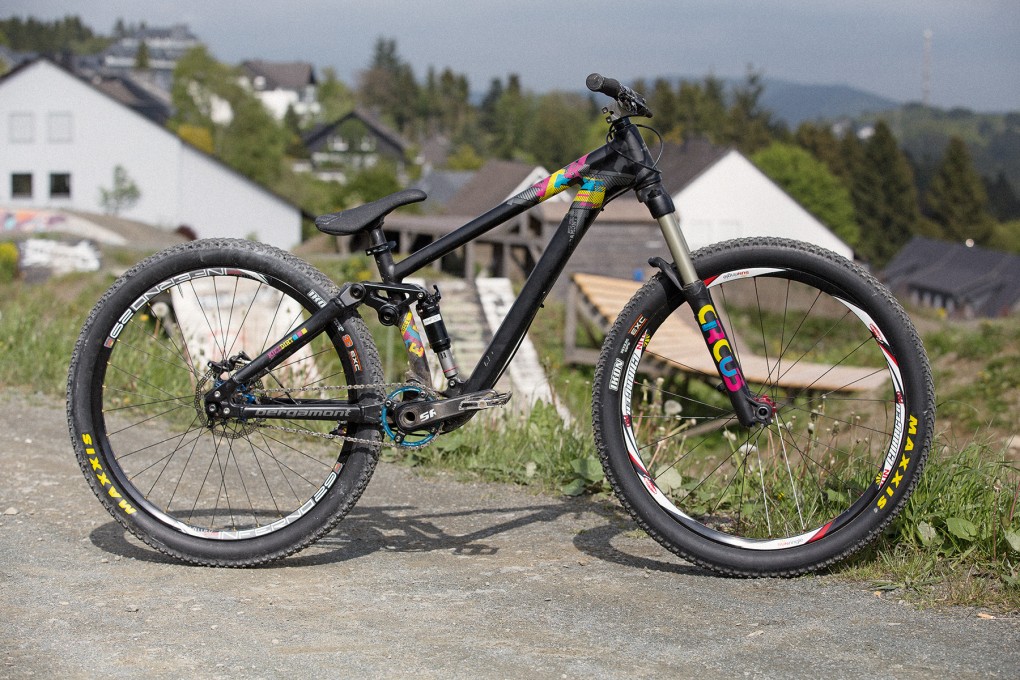
You have a new frame, can you tell us something about that?
We have several new models for 2015 but let’s talk about the ‘Kiez Slope’, our new slopestyle full suspension. We wanted to make something special and so we took our time with this one. The heart of the new Kiez Slope is its suspension kinematics, as far as we know nothing has been built in this way before.
Click on the gallery below to see the difference between the new Kiez Slope and a regular slopestyle bike design.
Can you explain to us the development process of a new frame?
Developing a new product is most definitely teamwork and the team consists of the R&D department, the product managers, and the designers. When making the Kiez Slope the team included product manager Peter Reichow, Jonas Vonderhorst from R&D, our head designer Jesko Boehm, and me. The product management initially starts the process by defining the requirements of the new bike. Together with the R&D people these requirements are then made into a product brief so everyone involved knows where to go. Now the R&D team can get crazy and develop concepts that will cater to the listed requirements. All concepts and ideas are then evaluated in view of functionality, costs, feasibility, etc. The most sensible concept is then prototyped. At the time of prototyping we start talking with our designers so they can start work on the stylistic elements of the new frame. Ideally the finished prototype is good enough that we don’t need to change anything on the concept itself, instead we only need to think about how to realise the stylistic elements from our designers. When that is done we go into the tooling process where special tools and moulds are made to build the first actual sample frames. These are then extensively tested by our team riders, and of course also by external testing institutes. Around this time we approach our suppliers and find the perfect suspension setup for our new bike. As soon as all tests have been successfully passed the serial production starts.
How long does this process take?
That time varies depending on the bike. With the Kiez Slope it took a little longer because we had a special idea in our heads that was difficult to realise. Usually the development of a new frame takes anywhere from eight to fourteen months.
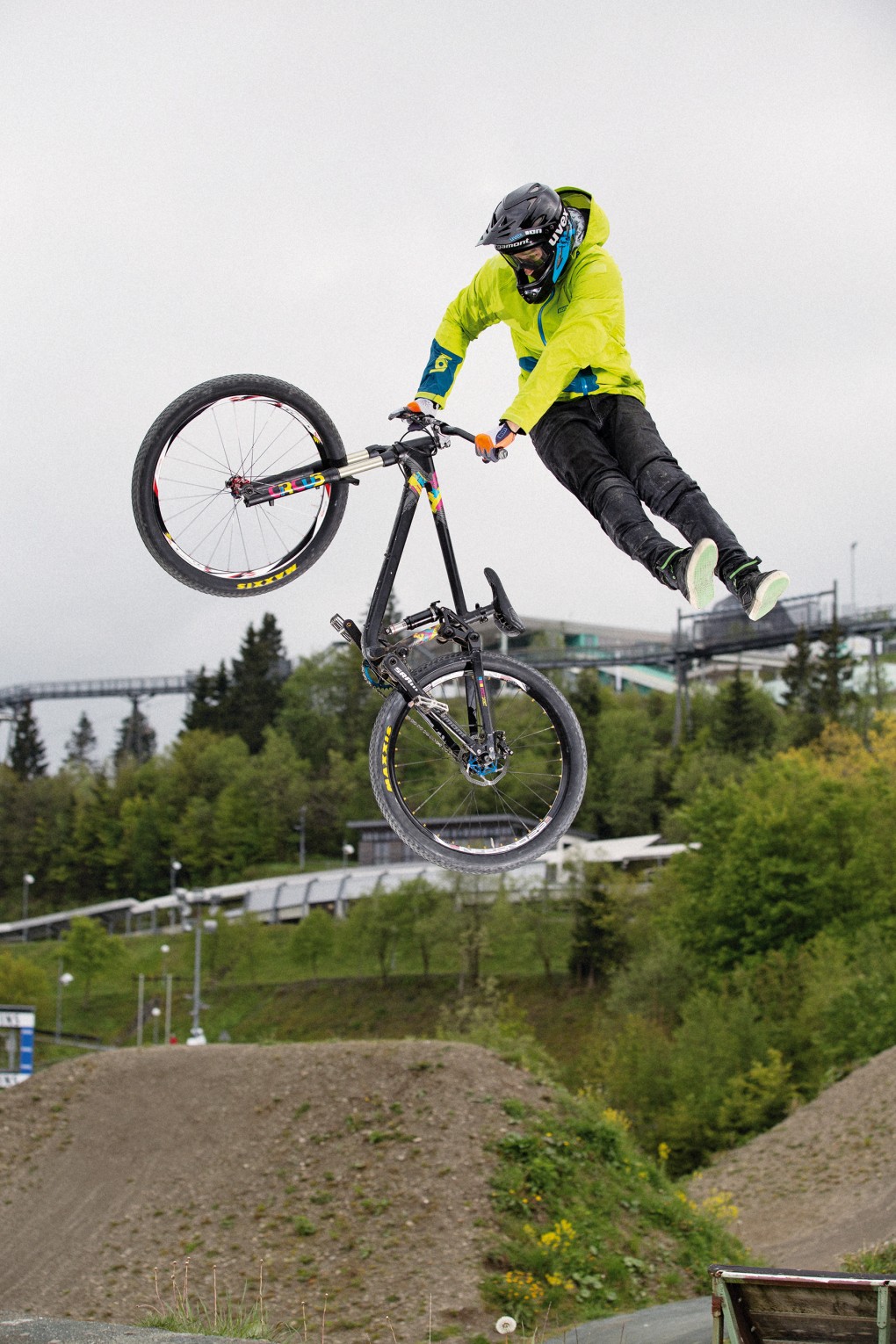
How do team riders influence the development and are there differences between working with dirt, 4X or downhill riders?
The feedback from our team riders is very important but it’s not the only criteria. It is important to us that the average rider feels comfortable on our bikes. Especially in the downhill segment we have a huge gap between the needs of our team riders and that what the general public wants to ride. Also, our frames are built so they can cope with the stresses and loads the average rider subjects them to. It may sound funny but these are often a lot higher than in a professional environment.
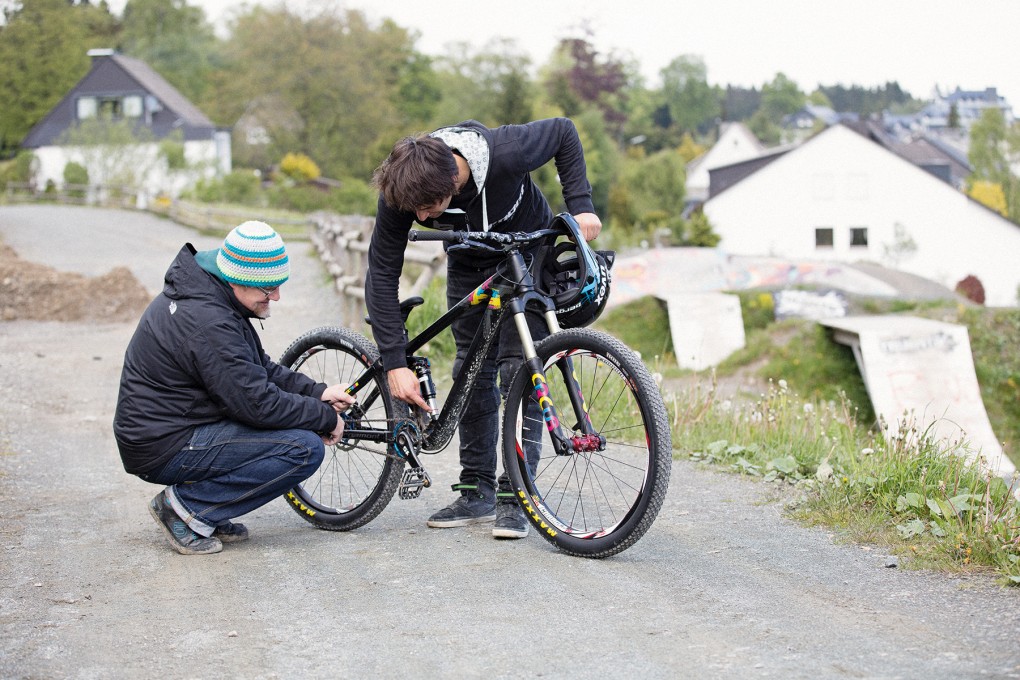
Do you build prototypes in Germany and other European countries or exclusively in Asia?
Production is exclusively in Asia.
Do you work with 3D-printers and if so, what do you do with them?
Yes, we do work with 3D-printers. When you are slaving away for days and weeks over 3D models on a computer screen you can easily lose your sense of proportions. Today we practically check every important part or even whole frames with 3D printed models.
What are the biggest problems that can occur while designing a new frame?
Patents play an increasing role. To develop a working frame is not that difficult, as you usually know the parameters. However, the increasing number of patents means you need to make sure and check that your own concept is not in violation of any of the existing patents, and also if these are actually valid. Besides the development process itself you also need to make quite big efforts to check and maintain quality during the production.
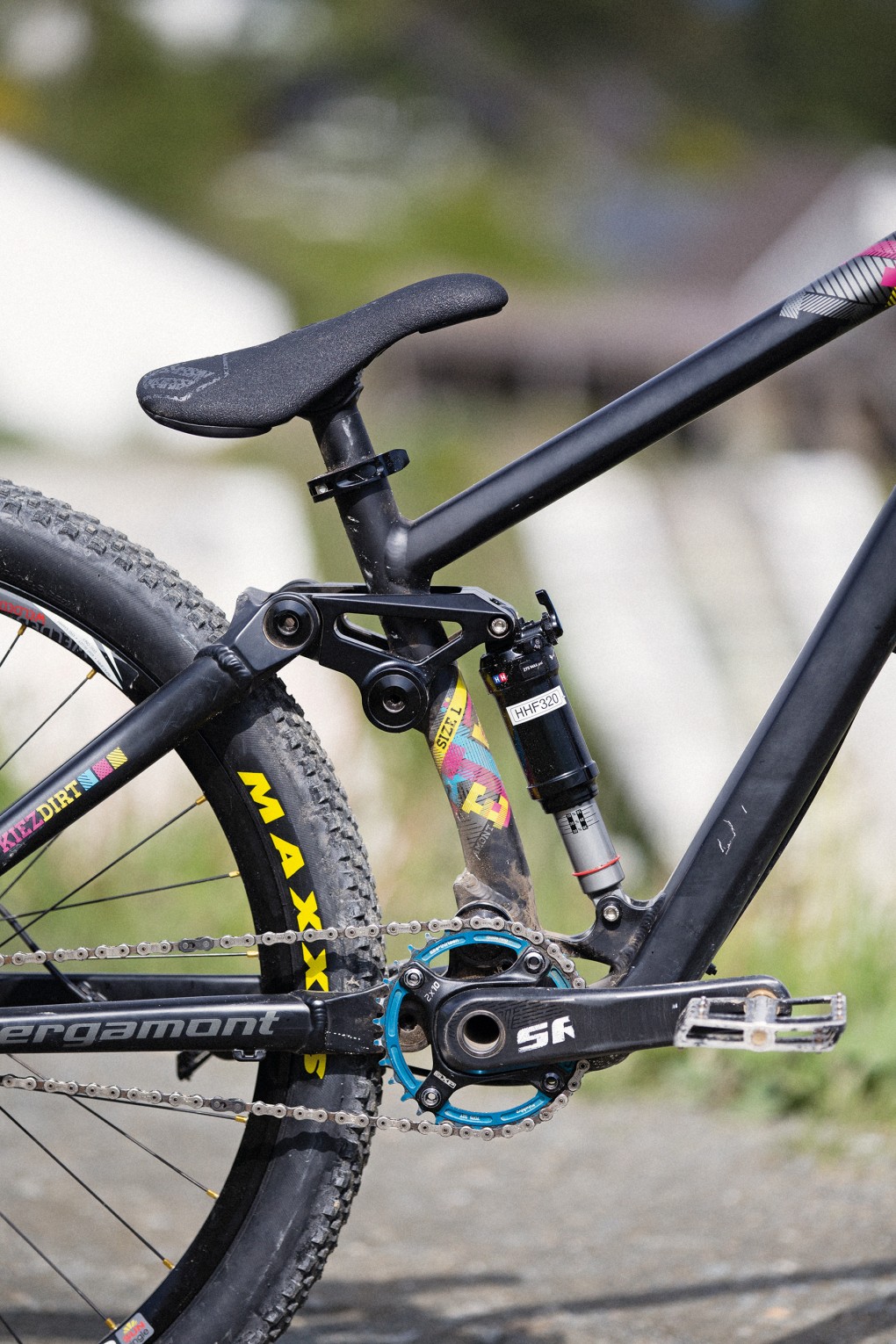
What is your lead time for new products and what are you working on right now?
Frame development is about 1 – 1.5 years ahead. At this time we are in pre-production for our 2015 models. That means we are producing tools and rigs for the serial production and are also in the process of testing finished sample frames for durability. I am mainly involved in the testing process at the moment and will be starting on the 2016 model range around June time.
What do you think the future holds in respect to mountain bike products? Have we seen everything by now?
There always will be something new. No bike is ever good enough. I think that we’ll see developments in the area of suspension products, especially in regards to improving usability. Also, developments like fatbikes show us that there will always be new trends and designs to watch for on the market.

